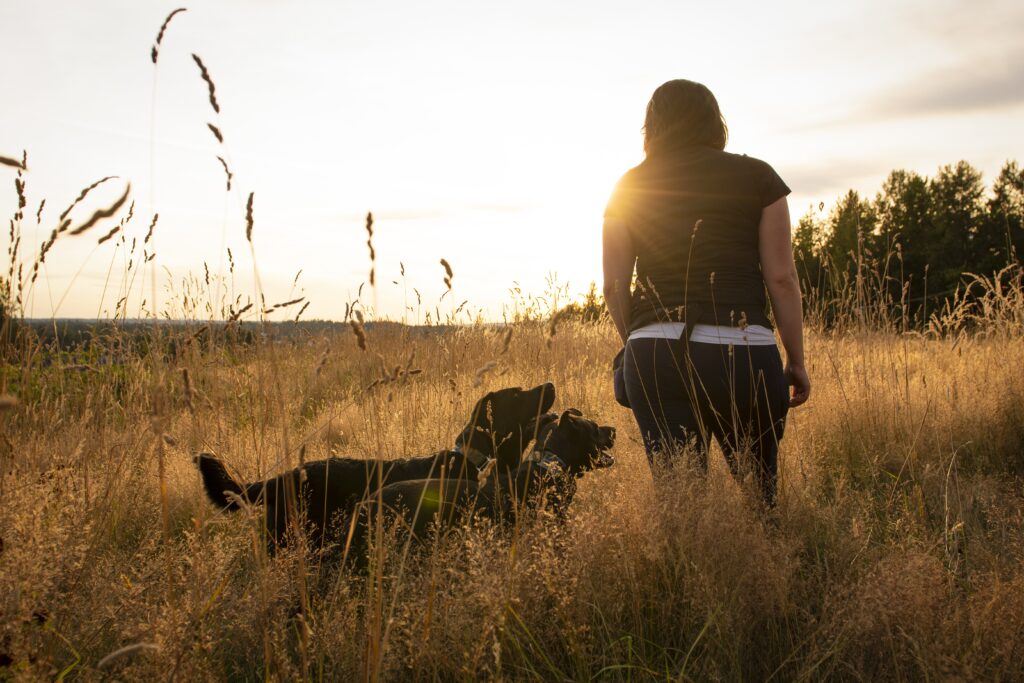Kind Corner: 5 ways to optimize your dog’s training time

Who wouldn’t want to optimize their training time? Amy Atkinson, owner and trainer at Northern Noses Pet Services, shares five ways to make your next training session a success!
Read Amy’s helpful tips, and you’ll be on your way to getting the most out of your dog’s training time.
Let’s get reading!
Get the most out of your training time
Everyone loves when a training session goes smoothly: your dogs do everything you ask, and you are able to hit everything on your training checklist, but how do you set up a dog training session to make it a success?
Here are five ways to help optimize your training session and get the most of your training time:

1. Before you start training
When you work with your dog in a new environment, you want to allow them some time to adjust to the new training environment. The best way to do this is by giving them time prior to the start of the training session to let them sniff, explore and get used to the sights and sounds and everything in between.
When working in a more familiar environment, your dog will likely not need as much time to adjust to the location, but, when you can, still giving them a few seconds to sniff it out will help them be less distracted by the environment during training.
2. Starting with a win
When you start your training session, start with something we are at least 85% sure your dog is capable of doing. This starts them off with a win and helps to really get their head into the game.
3. Always build from success
After a couple of successful reps (2 to 3 is ideal), you can start to introduce the next step or activity in your training session. If you are working on recall, for example, you may start by calling your dog from 8 to 10 feet away, and when they can do that successfully, you might then bump it up to 9 to 11 feet.
If you up your criteria but your dog is unable to perform the behaviour, take a step back and either readjust your training plan, go back a step, or find an in-between progression to help them get there.

4. Keep it short
One of the best ways to keep your training sessions successful is to keep them short. This prevents you from getting into that “just one more” loop and asking for too much from your dog.
Learning is hard and tiring, so shorter sessions help to keep dogs engaged and prevent fatigue and boredom. Count out 5 to 10 treats or set your timer for 2 to 5 minutes, and once those treats are gone, or your timer goes, your training session is over.
5. Always end with engagement
You always want to end your sessions when your dog is still engaged with you.
This means ending your session BEFORE they start to tire, and it gets harder for them to focus and be successful.
Typically keeping your sessions shorter will help with this, but if you notice your dog’s attention starts to wander before your planned ending time, or they are not returning back to you for another rep as quickly or eager as before, end your session! You can always try again a bit later.
A yummy treat toss is a great way to let your dog know you are all done and that you think they are a superstar.
